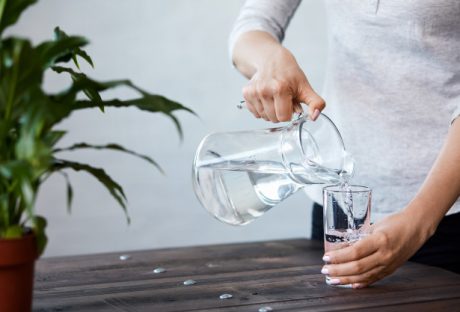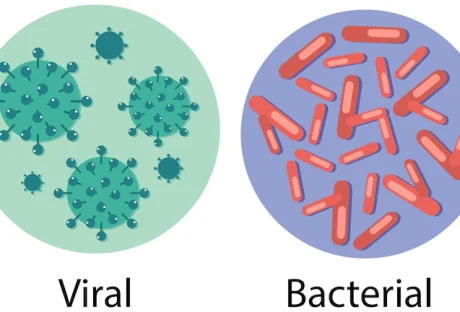Georgia, affectionately known as the Peach State, has a wealth of history and culture.
Beyond its storied past, the state is famed for its warm hospitality, diverse landscapes ranging from the majestic Appalachian Mountains to sun-kissed beaches, and a burgeoning arts scene in cities like Atlanta.
Its rich culinary traditions, rooted in southern comfort foods, have also put it on the map as a foodie destination.
Festivals, music, and dance are integral to Georgia’s identity, drawing visitors eager to revel in the rhythms of blues, country, and soul.
Rich in American history, civil rights movements, and southern charm, Georgia offers a plethora of historic sites that showcase its unique heritage.
If you’re planning a visit and want to experience authentic Georgia living, here are five must-visit historic sites:
Contents
1. Savannah Historic District
Stepping into Savannah’s Historic District is like being transported back in time.
Founded in 1733 by James Oglethorpe, the district served as Georgia’s first colonial capital.
As the city grew, its unique grid pattern became home to a myriad of historic buildings, churches, and homes, some of which date back to the 18th century.
Its pivotal role during the Civil War and its preservation efforts in the 20th century have cemented its place in American history.
Its cobblestone streets, beautiful squares, and antebellum architecture make it one of the most picturesque places in the South.
The district is one of the largest National Historic Landmark Districts in the United States.
Take a stroll and immerse yourself in the tales of the past, and don’t forget to explore the city’s waterfront for added charm.
2. Martin Luther King Jr. National Historical Park
Situated in Atlanta, this site pays tribute to one of the most influential figures in American history.
The park includes several locations, such as Dr. King’s childhood home, the Ebenezer Baptist Church where he and his father preached, and his final resting place.
It offers an in-depth look at the civil rights leader’s life and his monumental role in American history.
3. Andersonville National Historic Site
Located in southwest Georgia, the Andersonville National Historic Site stands as a somber reminder of the darkest days of the Civil War.
Established in 1864, the prison, officially named Camp Sumter, was built to hold Union captives.
Within just 14 months of its operation, it incarcerated over 45,000 Union soldiers, of which almost 13,000 perished due to disease, malnutrition, and overcrowding.
The prison’s commander, Captain Henry Wirz, was later tried and executed for war crimes, becoming one of the only Civil War officials to face such a fate.
Today, the site commemorates the thousands of Union prisoners of war who suffered and died in the notorious Confederate military prison.
The site also houses the National Prisoner of War Museum, which honors all American prisoners of war.
4. St. Simons Island Lighthouse
A testament to Georgia’s maritime history, the St. Simons Island Lighthouse is one of only five surviving light towers in the state.
Climb its 129 steps for a breathtaking view of the Atlantic Ocean and the Golden Isles.
The nearby Keeper’s Dwelling has been transformed into a museum that showcases the island’s rich history.
5. Ocmulgee National Monument
Located near Macon, this site preserves traces of over 10,000 years of Southeastern Native American culture.
From ancient earthworks to ceremonial mounds, Ocmulgee offers a deep dive into the region’s prehistoric times.
6. A Modern Twist To Your Georgia Visit
Now, while you’re soaking in the history and culture of Georgia, it’s worth noting that the state has taken progressive steps in modern times as well.
If you’re a patient looking for medical cannabis, for instance, the process of acquiring it in Georgia has become simpler than ever before.
Thanks to third-party online tools like Veriheal, patients can easily connect with certified cannabis doctors and navigate their way through the approval process without a hitch.
It’s a testament to how Georgia beautifully blends its rich past with forward-looking initiatives.
In Conclusion
Georgia promises an enchanting blend of the old and the new. Its historic sites offer a deep dive into America’s rich tapestry, while modern amenities ensure a comfortable and enriching visit.
Whether you’re a history buff or someone just looking for a true Southern experience, Georgia will not disappoint.
Read also:






















